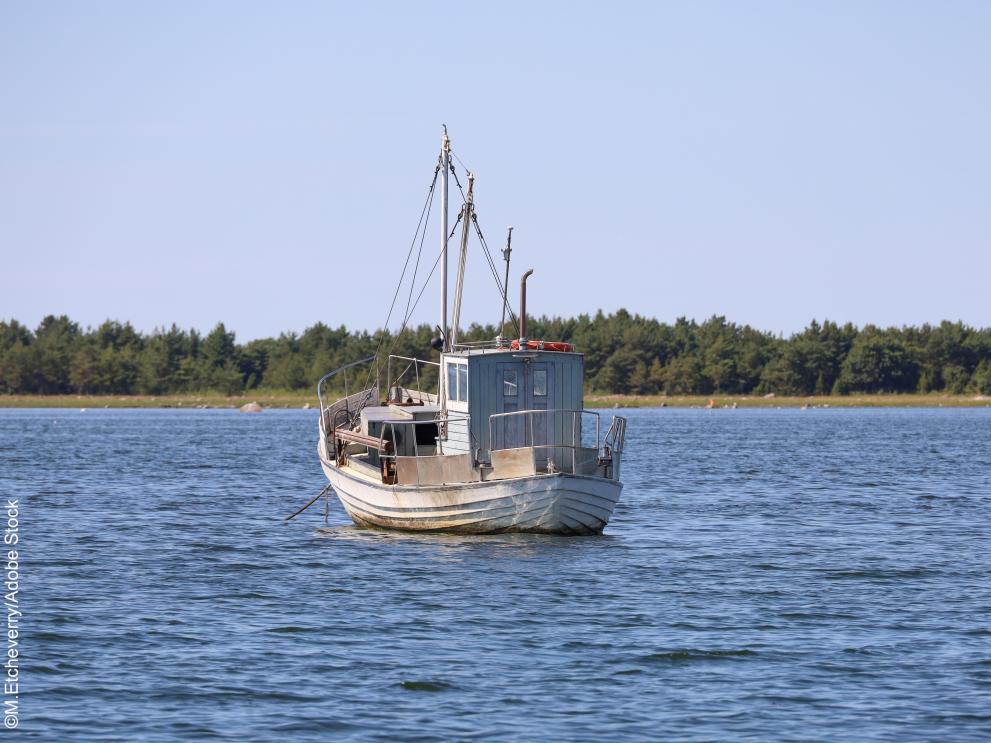
The Council of the European Union reached an agreement on the fishing opportunities in the Baltic Sea for 2024, following the Commission proposal made in August this year. The Council has followed the proposal as regards on the total allowable catch (TACs) for three stocks – plaice (rollover), salmon in the Gulf of Finland (+7%) and main basin salmon (-15%).
Taking stock of the specific environmental situation of the Baltic, the Council has decided to set by-catch allowances for the stocks of western herring, western cod and eastern cod, which means they can only be taken when accidentally caught while fishing for other stocks. Moreover, the existing remedial measures are kept. Today’s agreement thus allows healthy fisheries of plaice, Riga herring, salmon in the Gulf of Finland and sprat to continue.
The Council also decided to allow targeted fisheries on central Baltic herring and Bothnian herring, with TACs of 40,368t and 55,000t respectively. For central herring a 30-day closure is introduced to protect aggregation of spawners.
Virginijus Sinkevičius, Commissioner for the Environment, Oceans and Fisheries, said:
Today’s decision was not taken easily, nor lightly, but we have a responsibility to set the fishing opportunities at levels that can help the stocks recover to the benefit of our fishers and their communities. But we should not shy away from addressing our most pressing challenge: the environmental status of the Baltic Sea. Our fishers are awaiting concrete actions from their countries to improve the condition of the Baltic Sea. I have said it at the Ministerial meeting in September in Palanga and repeated it again to Ministers: it is time to save the Baltic Sea. Fish stocks and biodiversity will continue to suffer if we do not start addressing its environmental situation now.
Table: Overview of TAC changes 2023-2024
(figures in tonnes except for salmon, which is in number of pieces)
|
|
2023 |
2024 |
|
Stock and |
Council agreement (in tonnes and % change from 2022 TAC) |
Council agreement (in tonnes and % change from 2023 TAC) |
|
Western Cod 22-24 |
489 (0%) |
340 (-30%) |
|
Eastern Cod 25-32 |
595 (0%) |
595 (0%) |
|
Western Herring 22-24 |
788 (0%) |
788 (0%) |
|
Bothnian Herring 30-31 |
80,047 (-28%) |
55 000 (-31%) |
|
Riga Herring 28.1 |
45,643 (-4%) |
37 959 (-17%) |
|
Central Herring 25-27, 28.2, 29, 32 |
61,051 (-14%) |
40 368 (-43%) |
|
Sprat 22-32 |
201,554 (-20%) |
201 000 (-10%) |
|
Plaice 22-32 |
11,313 (+25%) |
11 313 (0%) |
|
Main Basin Salmon 22-31 |
63,811 specimens (0%) |
53 967 specimens in ICES subdivision 31 (-15%) |
|
Gulf of Finland Salmon 32 |
9,455 (0%) |
10 144 (+7%) |
Background
The fishing opportunities are part of the European Union's approach to adjust the levels of fishing to long-term sustainability targets, called maximum sustainable yield (MSY), as agreed by the Council and the European Parliament in the common fisheries policy.
The Baltic Sea is the most polluted sea in Europe. It is affected by biodiversity loss, climate change, eutrophication, overfishing, and elevated levels of contaminants such as pharmaceuticals and litter.
Concerned about this situation, the European Commission organised the second edition of the Our Baltic Conference in Palanga, Lithuania, on 29 September 2023. This high-level event gathered ministers and high-level officials in charge of fisheries, agriculture, and environment from eight EU Baltic countries (Denmark, Germany, Estonia, Latvia, Lithuania, Poland, Finland and Sweden).
Given the severe ecosystem problems of the Baltic Sea, leaders agreed during the conference to strengthen and complement actions that Member States can take to improve the Baltic Sea's ecosystem health, as well as the state of fish stocks.
Some of the solutions outlies for the way forward include for example the introduction of mussel-farming to re-oxygen the water. Molluscs are filter feeders, improving water quality and clarity. Mollusc beds provide critical ecosystem functions by creating structure and habitats for other species such as crabs, worms, and juvenile fish, that provide a food source for fish and other marine species. Molluscs remove nitrogen from the water. Another solution lies in tapping the cultivation of seaweed and molluscs, which can provide climate-mitigation services such as carbon sequestration, or climate-adaptation services such as nature-based coastal protection, preserving ecosystems such as ponds or wetlands.
EU funds can be used to support the fishermen and women in the Baltic sea, in case their Member State launches the temporary cessation scheme under the EU Maritime, Fisheries and Aquaculture Fund (EMFAF).
More information
Questions and Answers on Fishing Opportunities in the Baltic Sea for 2024
Press statement by Commissioner Sinkevičius at the AGRIFISH Council
Details
- Publication date
- 24 October 2023
- Author
- Directorate-General for Maritime Affairs and Fisheries
